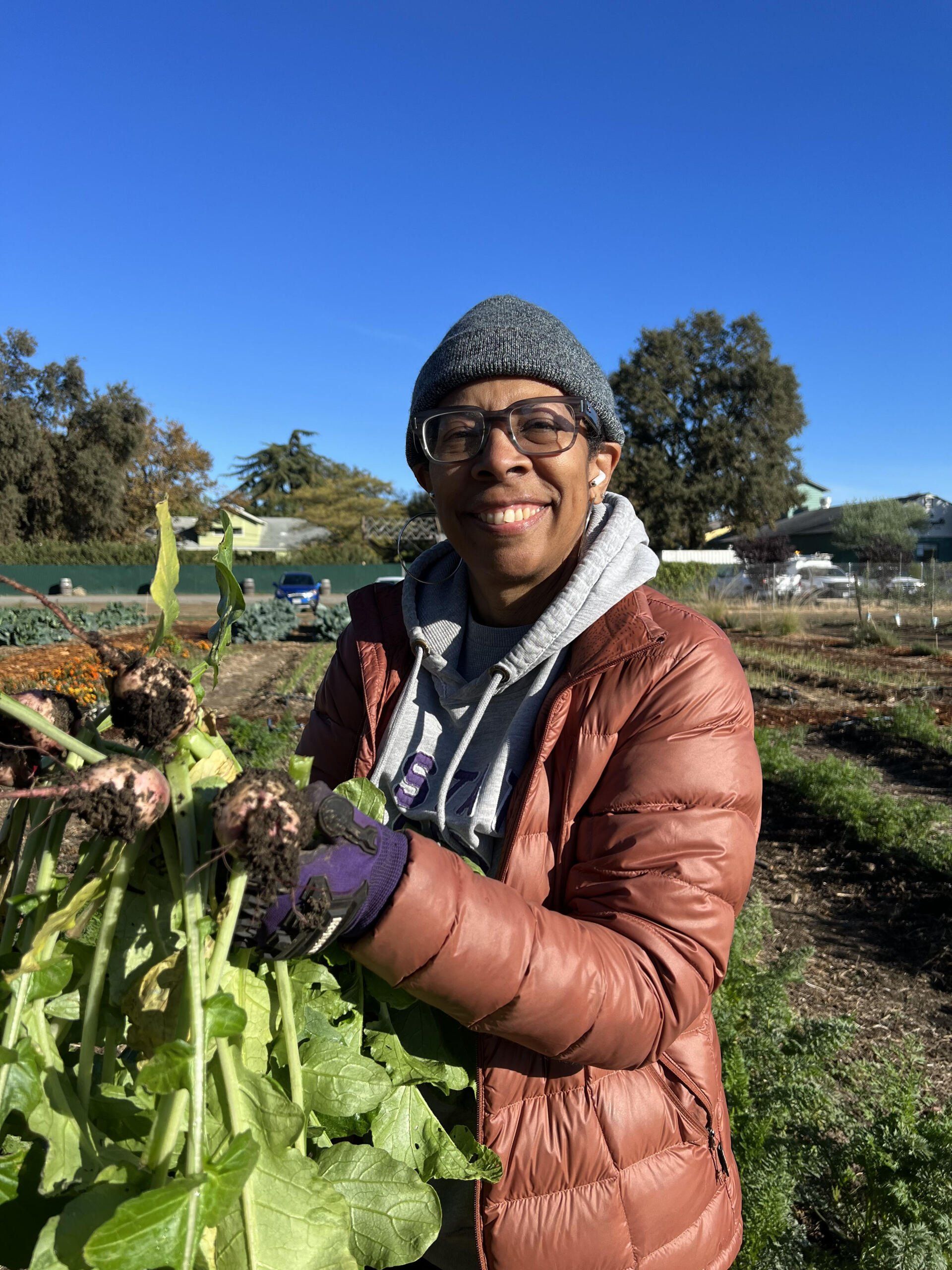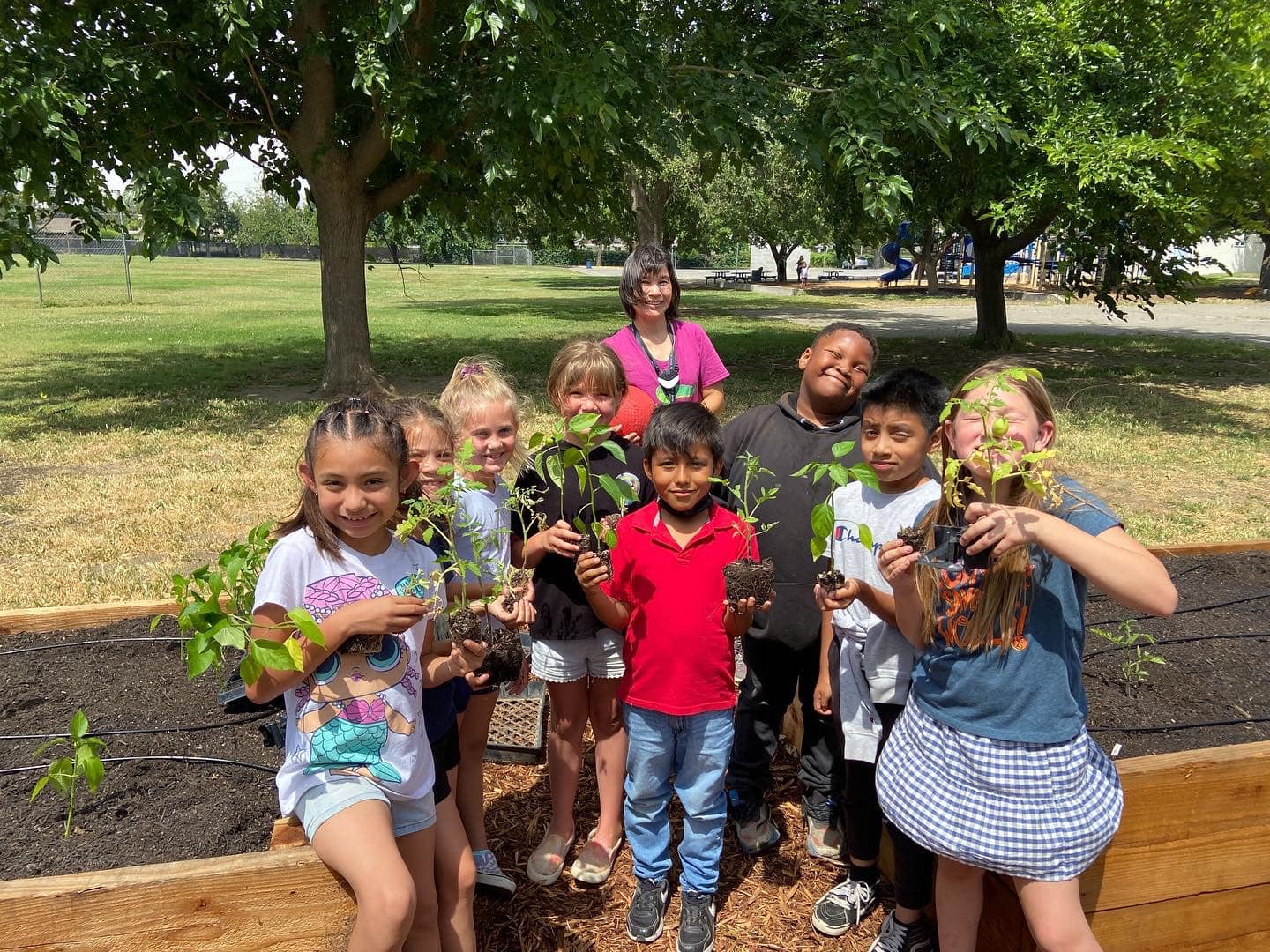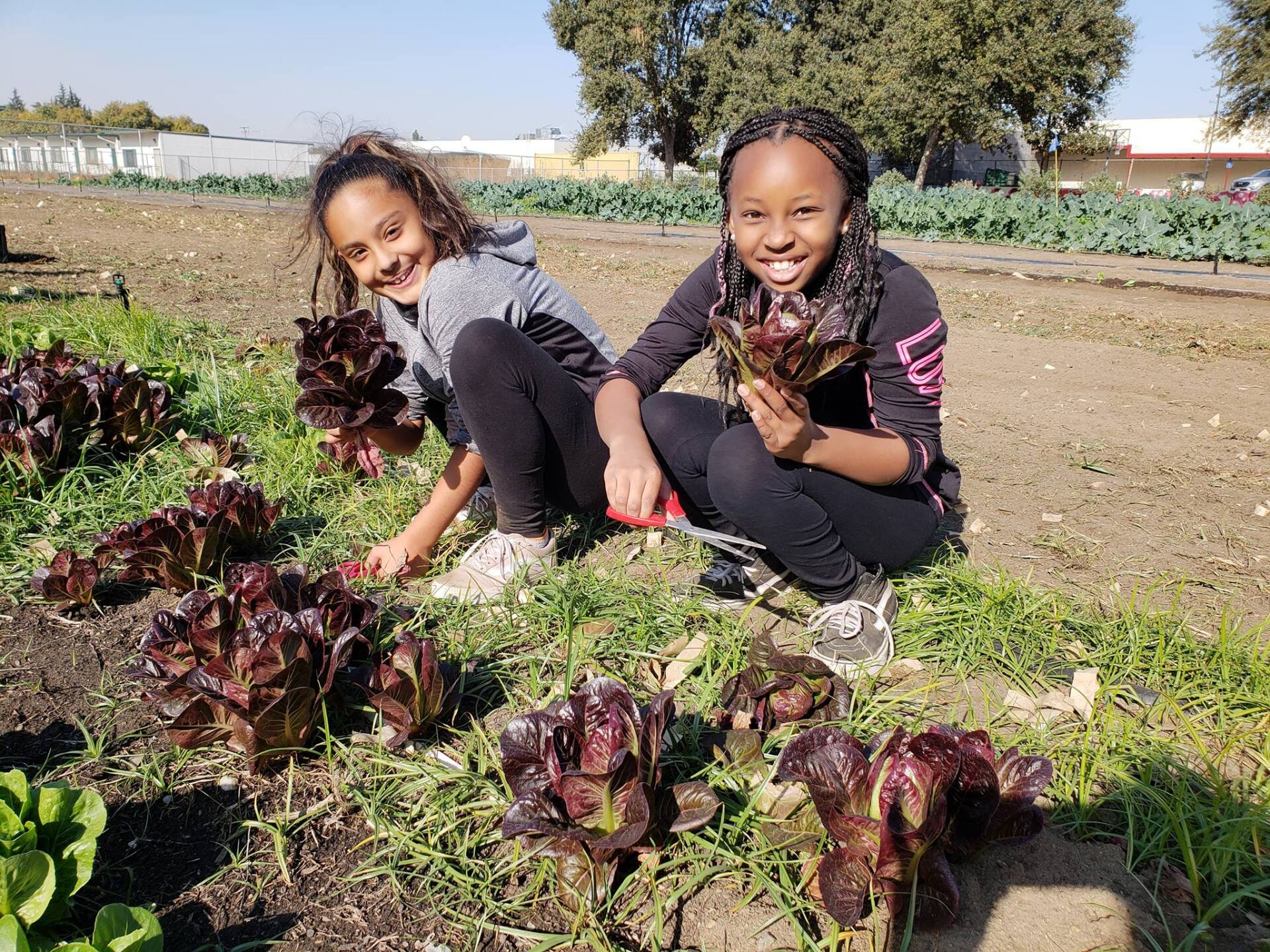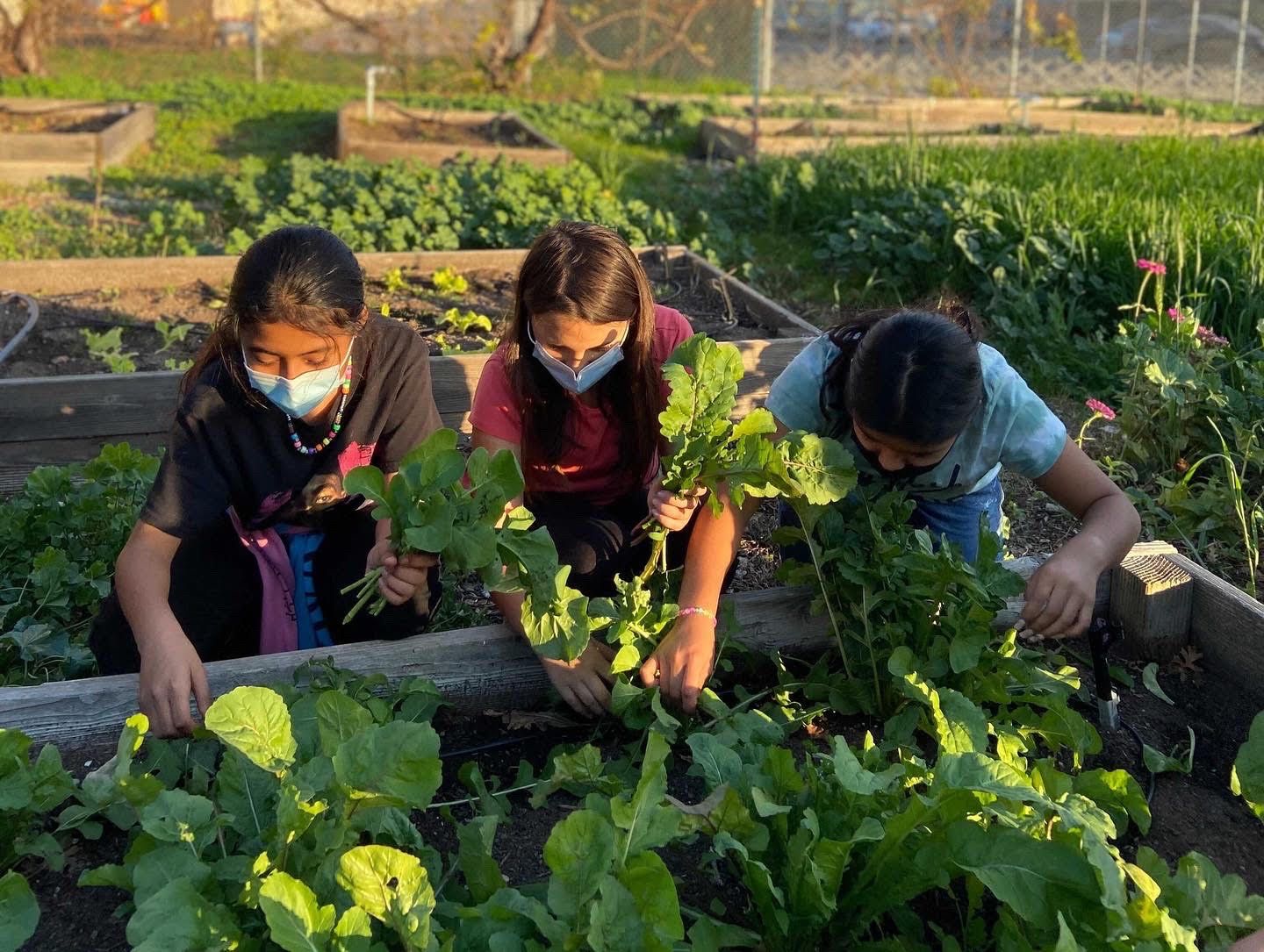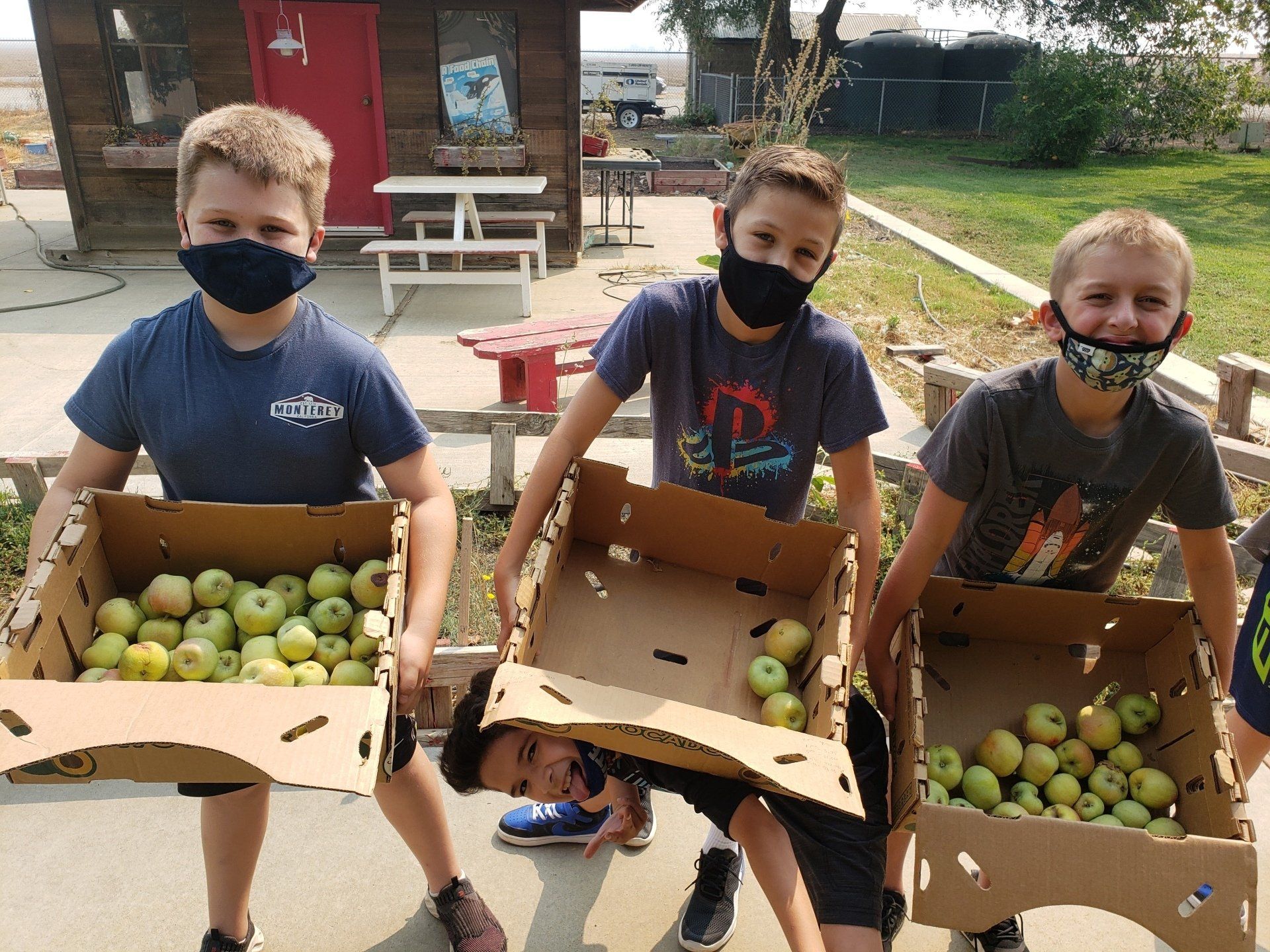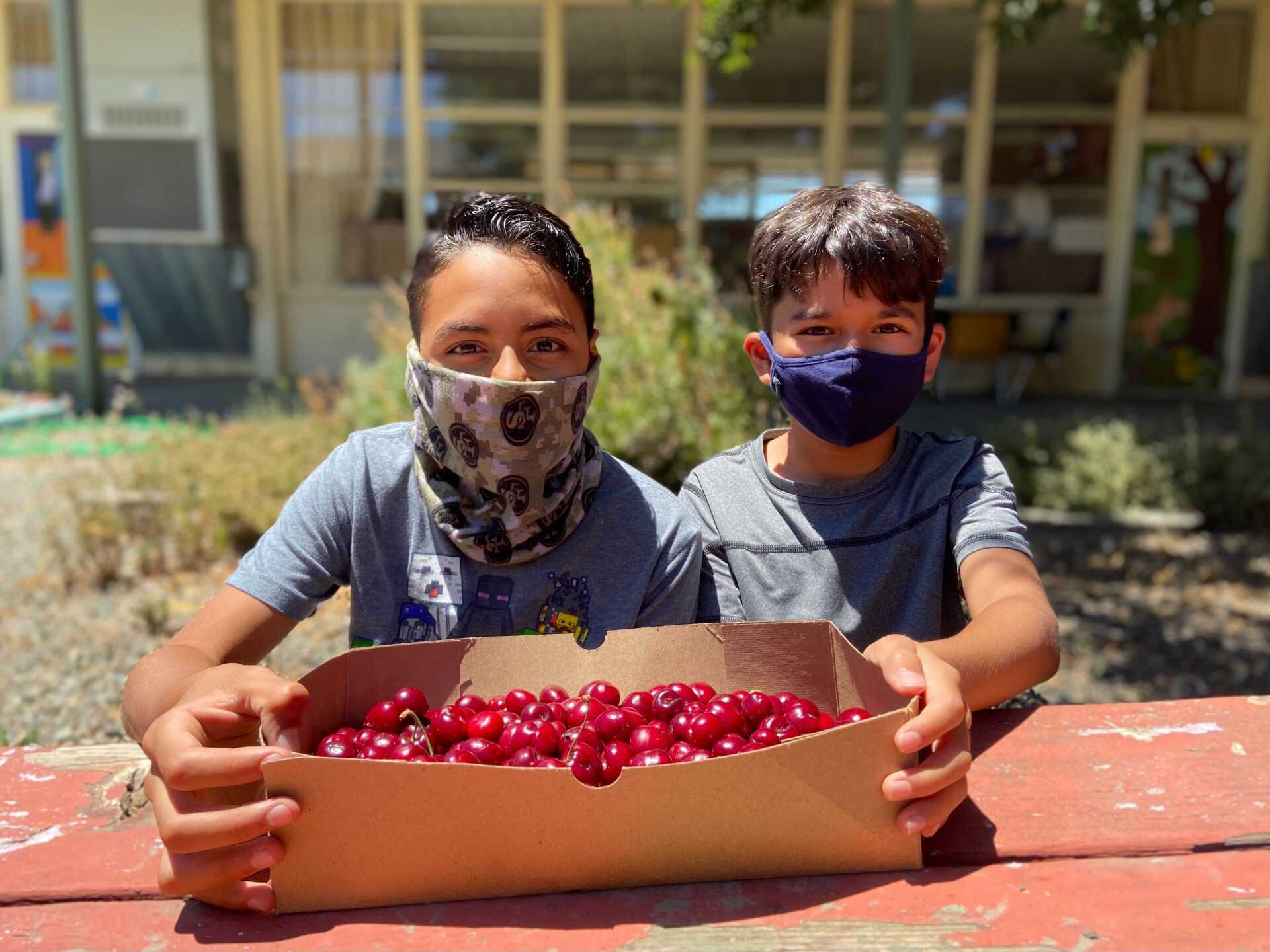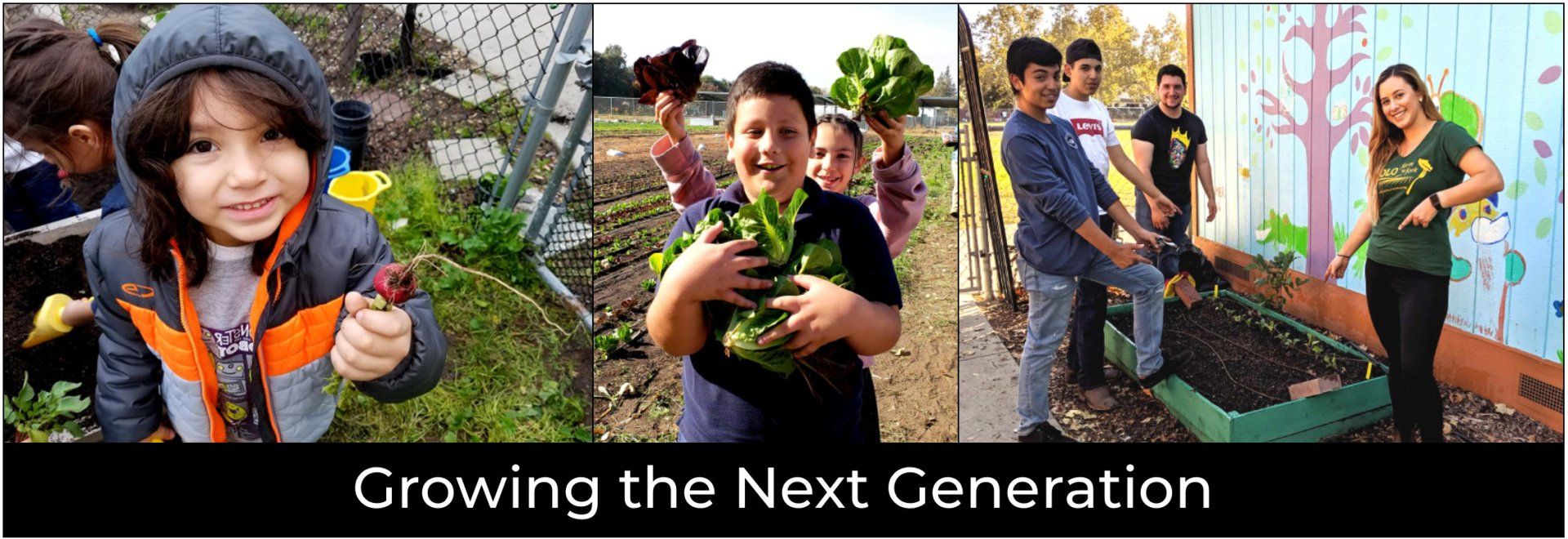Choosing a Location for a School Garden
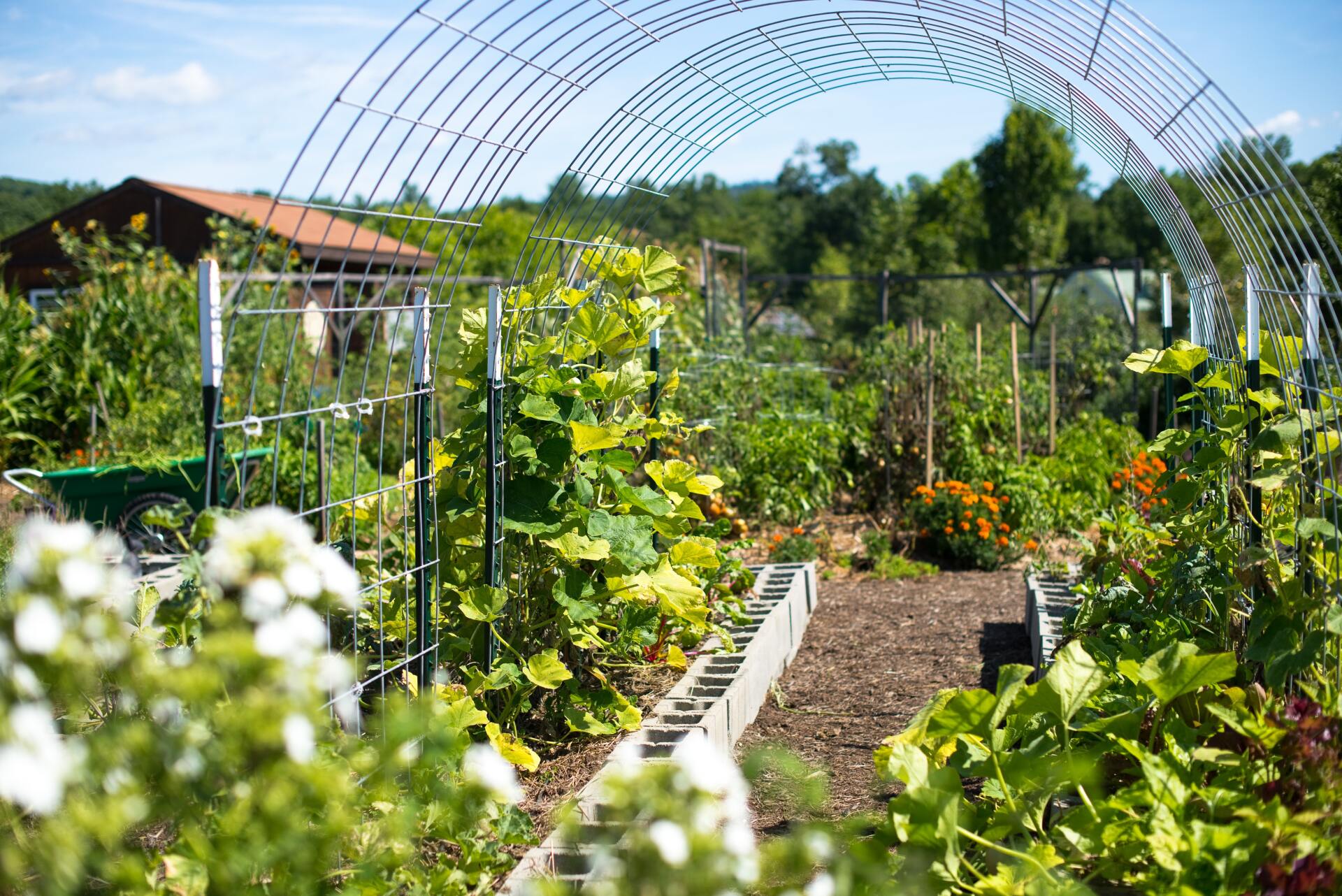
Starting a school garden? Here's how to find the best location for your school garden.

If you’re starting a school garden, one of the first things you need to decide is where to put it. Once you’ve gained administrative approval, the next step is often choosing a location for a school garden. Here are some key considerations to keep in mind when selecting a school garden site.
Water
Water is an essential factor in choosing a location for a school garden. Your site should be close to a water source since all edible crops need steady and reliable watering to grow well. Consider what kind of irrigation you will install before you start. Remember that school is out on weekends, holidays, and during winter and summer breaks. Drip irrigation on an automatic timer tends to be a solid option to keep your garden thriving throughout the school year.
Sunlight
Most vegetables, fruits, and flowers need plenty of sunlight. An ideal site will receive at least six hours of direct sunlight daily. Observe your desired site several times throughout the day to see what kind of sun exposure it receives. Without enough sunlight, you will be limited to what crops you can grow. Keep in mind that the amount of sunlight will change with the seasons.
Competing Trees
Some shade around a school garden can be beneficial for teaching on sunny days. But mature trees can prevent your garden from getting the sunlight it needs to grow properly. They can also compete with your garden plants for precious resources like water and soil nutrients. You may need to consider tree removal if the best available space currently has numerous mature trees.
Soil
Many school gardens use raised beds for superior soil quality and drainage. Raised beds can also be used on sites that have contaminated soil and would not otherwise be able to grow edible plants. If you do not plan to use raised beds, be sure to have the soil tested before you plant for contamination and nutrient levels. Avoid placing a garden on a steep slide or a low spot where water collects during wet weather.
Accessibility
Gardens that are placed close to student classrooms tend to be used more often than sites located further away on school grounds. Gardens that are closer to the classrooms are more convenient and visible. Proximity to restrooms for handwashing is also handy. Also consider accessibility for students with disabilities. High raised beds surrounded by a flat, smooth surface ensure the garden will be accessible for students who are wheelchair users.
Security
Locating your school garden closer to the classrooms and/or the sight of neighbors makes it more secure from potential vandals or thieves. If you plan to add a shed, secure it with an appropriate lock at all times. Avoid keeping valuable equipment inside. If possible, see if any neighbors can capture the garden site with their security cameras.
If you have any questions about choosing a location for a school garden, feel free to reach out to Yolo County nonprofit Yolo Farm to Fork.


